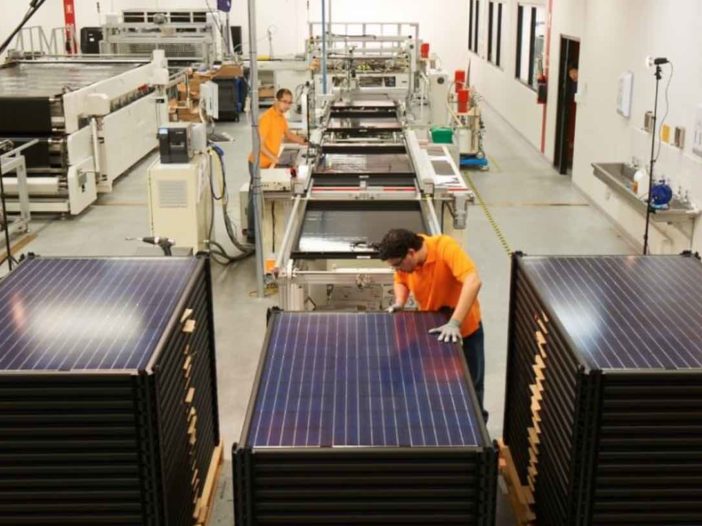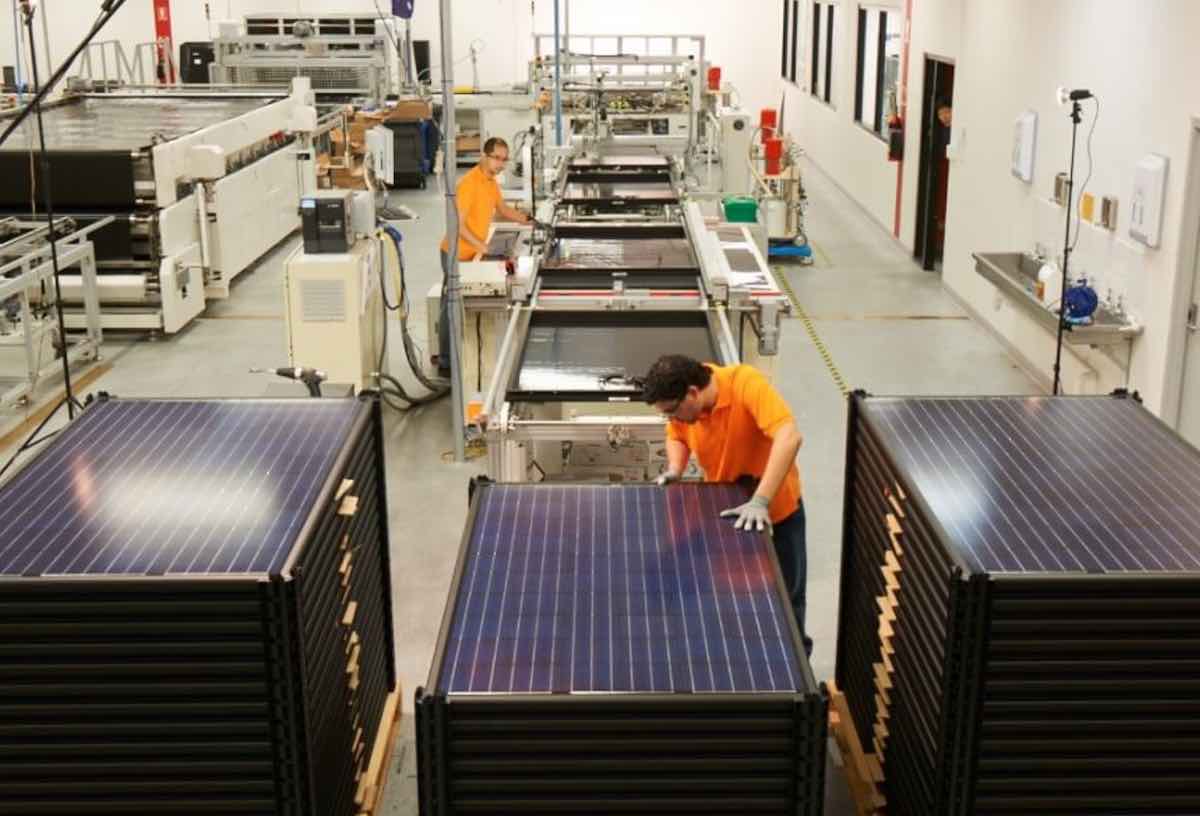
The Queensland Parks and Wildlife Service has switched on a new 91kW off-grid solar system at the new Heathlands Resources Reserve ranger station in the Jardine River National Park in remote Cape York.
The solar system is powered by 224 Tindo Solar 405W solar panels and backed by a 624kWh lead acid battery bank.
Located in the remote interior of northern Cape York, the Heathlands ranger station offers crucial services to camper and thus needs a reliable electricity supply.
The power system for the station was designed and installed by Brisbane energy company Solar Hybrids, and installed as part of Queensland Parks and Wildlife Service’s (QPWS) broader “Turning the Parks Green” program.
The solar panels themselves were supplied by Tindo Solar, Australia’s only solar manufacturing company, headquartered in South Australia.
QPWS has already installed renewable power systems at K’Gari (Fraser Island), Diamantina, Welford, Lakefield, and New Laura, all of which use Tindo Solar panels. The parks and wildlife service also recently completed a 100kW system at Boodjamulla, a site within Lawn Hill National Park.
Made in Australia, for Australia
“The Queensland government provides the infrastructure so everyday people can enjoy the incredible wilderness,” said Glenn Morelli, director of Tindo Solar.
“We’re proud to be a part of an effort to ensure that there’s a clean and reliable electricity supply in such a pristine part of the world.”
The solar and storage at the Heathlands ranger station will be used as the facility’s primary power source, although a diesel generator remains for occasional use in back-up and to recharge the batteries if needed.
Key for the QPWS in choosing Tindo Solar to supply the solar panels were tough solar panel specifications, needed given the remote and harsh conditions.
“Northern Australia experiences harsh weather conditions and the solar panels installed in that environment have to be durable as well as high-performance,” says Morelli.
“The advantage of a Tindo Solar product is that the panel is built in Australia, for Australian conditions.”



